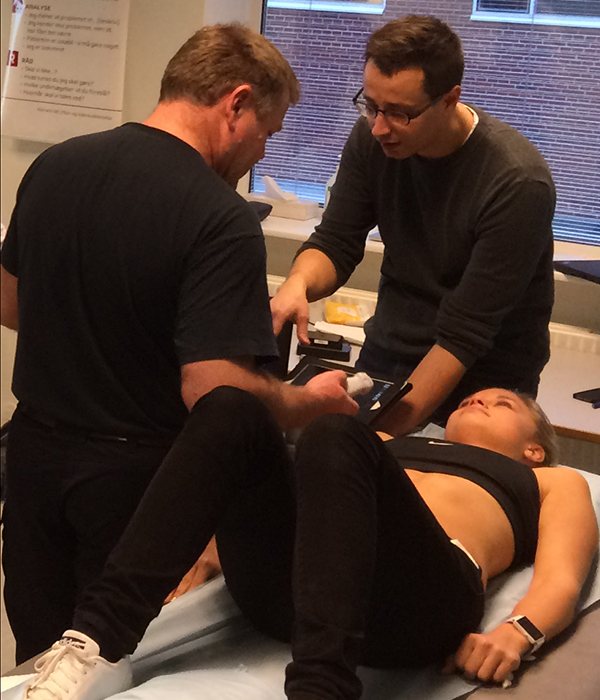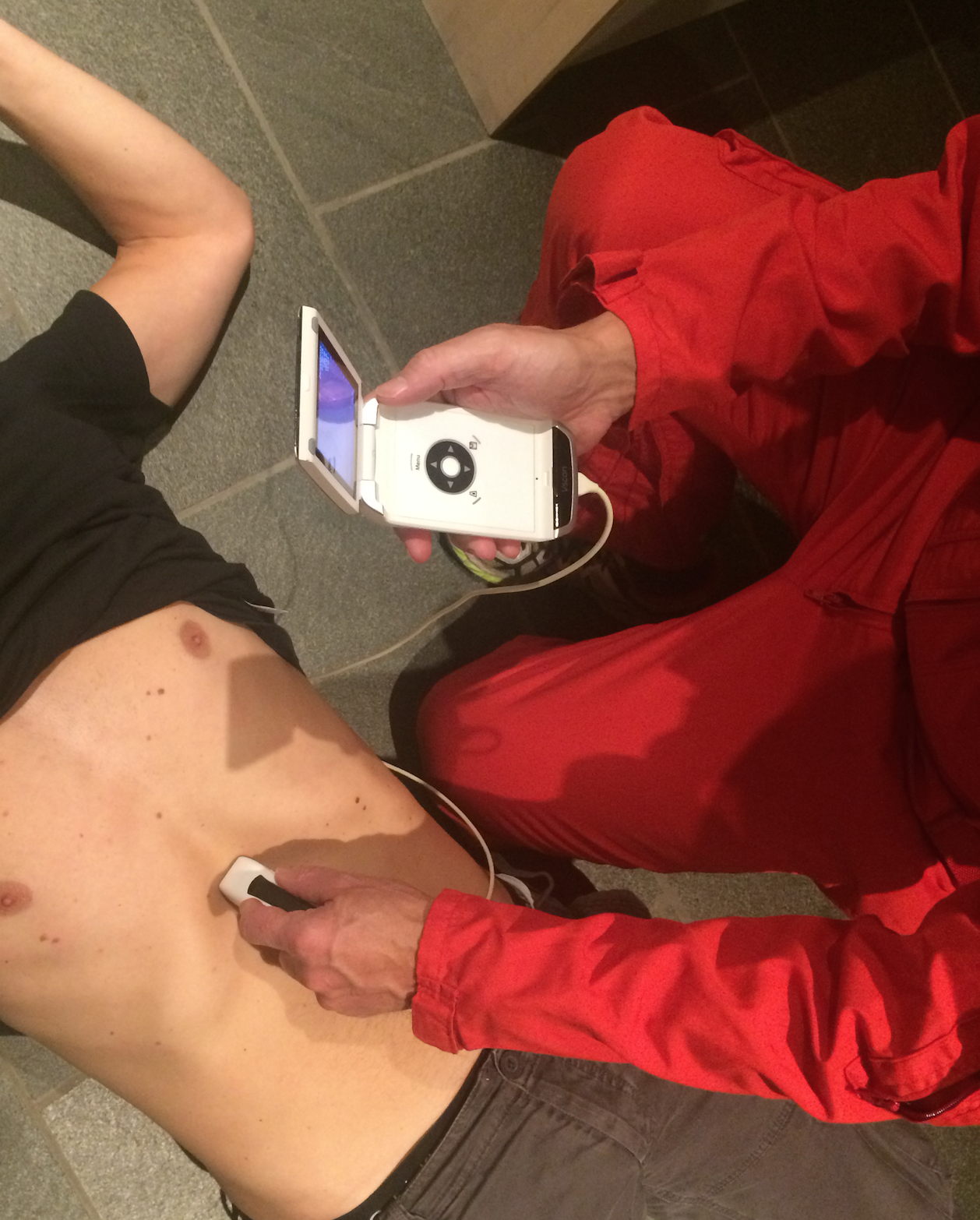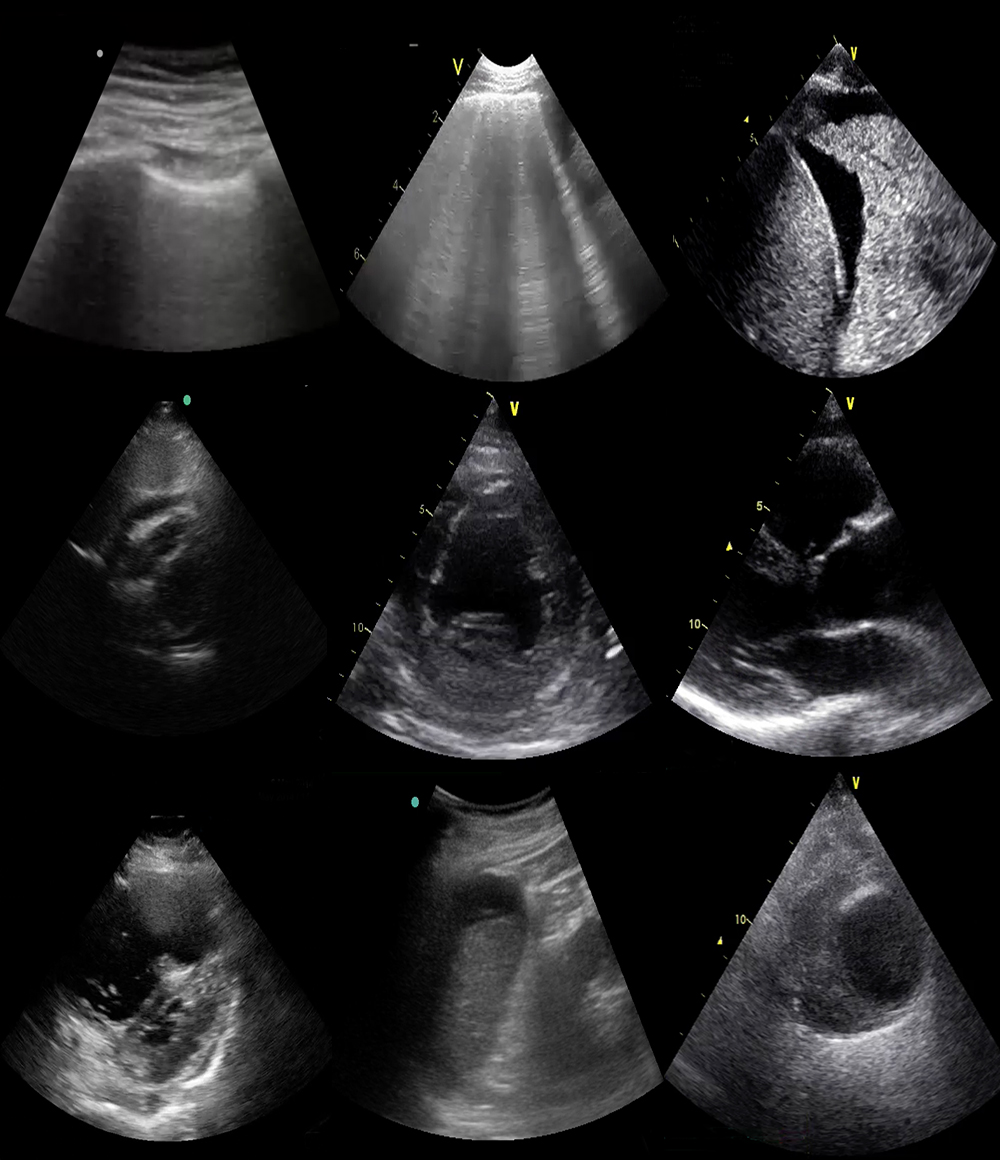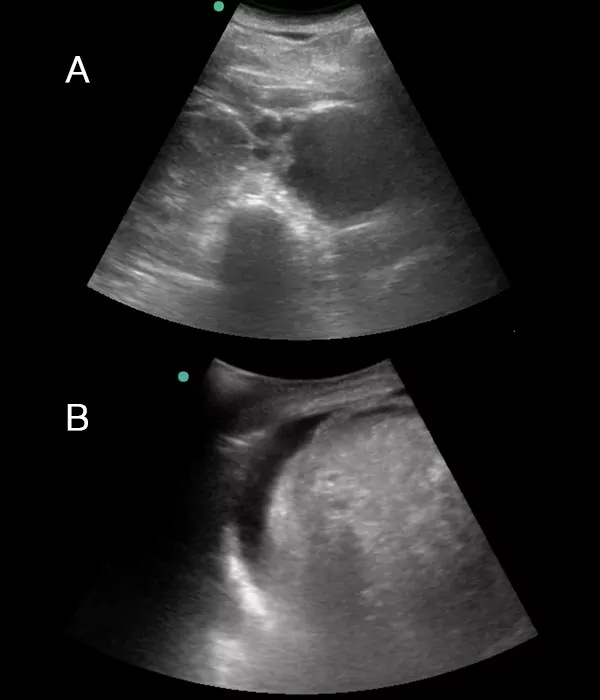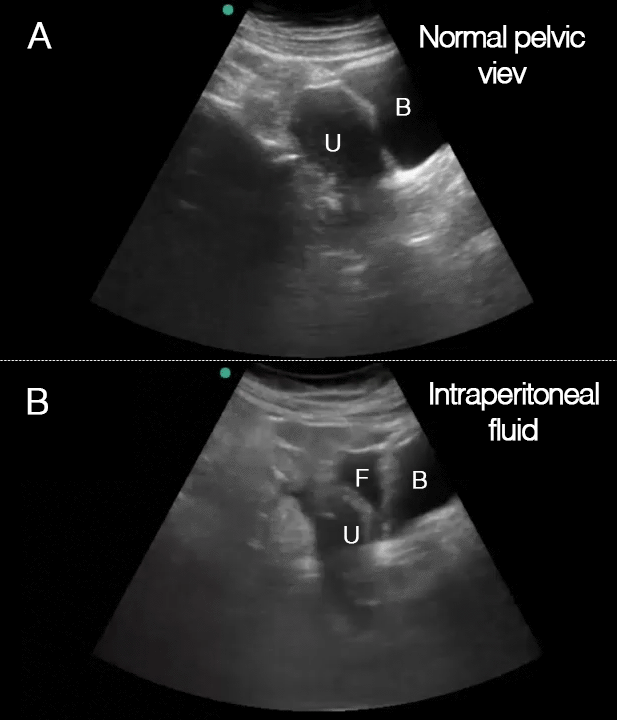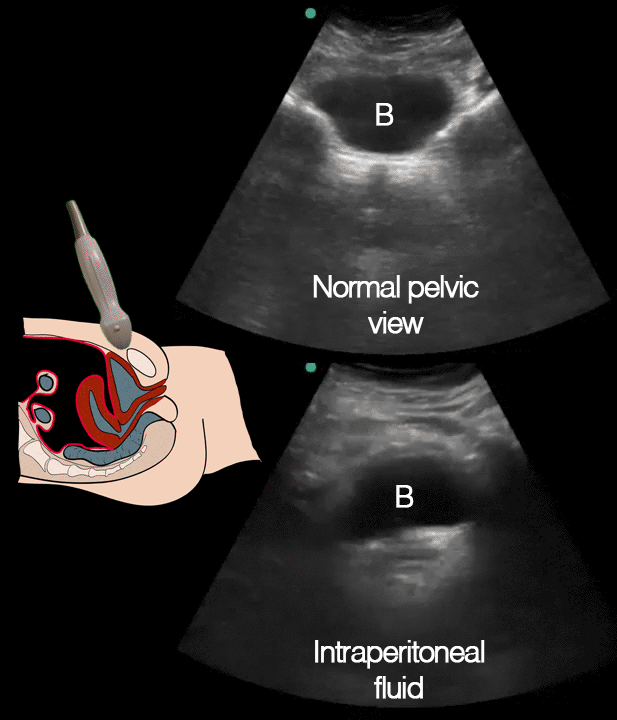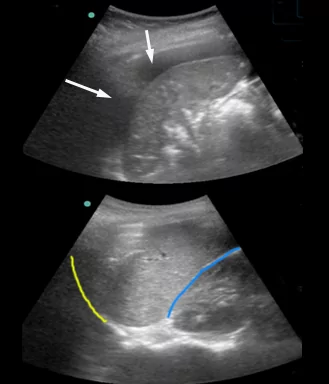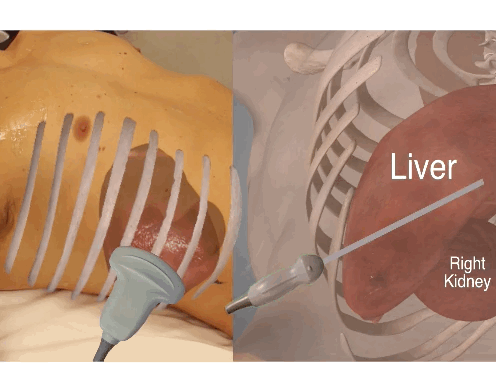The hands-on Basic POCUS course is based on the same principles as this e-learning and it covers:
• e-learning
• hands-on training – making sure you can obtain the views
• case training – using real images from from real cases
or in other words:
• learning the theory
• practicing the skills
• simulating the real situation
We hope you have enjoyed this e-learning course and we wish you great luck with your forthcoming ultrasonography performance in your own department.
